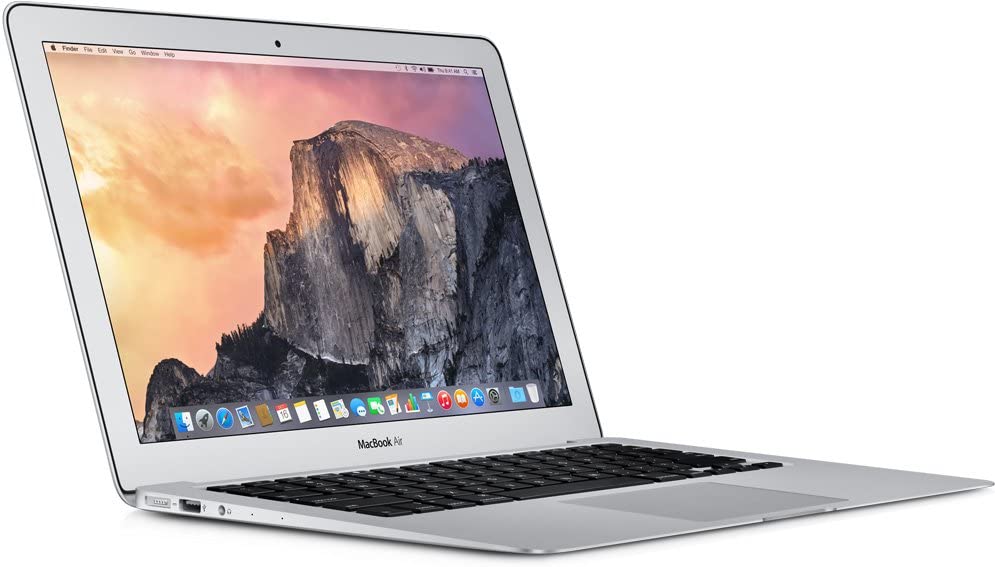The pandemic changes things
The Covid-19 pandemic forced us to adapt how we teach. One of those adaptations was having students connect remotely to teaching sessions held over Zoom. As a College, we quickly recognized that we had quite a few students without adequate computers at home, or with shared family computer resources that weren’t up to the task. Some students didn’t have internet access, even if they did have computers, so we provided cellular access points to quite a few students in that predicament. Unfortunately, even that didn’t solve the problem for students who didn’t have cellular service near their homes!
For ITS and the Deans, one of the big take-aways from this experience was that our students had more technological need than we’d previously been aware of. Starting last year, we included a few questions in the survey that the Dean’s office sends all incoming students to ask about the computer students were bringing to campus, and whether getting a new computer represented a hardship for their families. This has now given us a baseline of data to help guide the decision making process about funding and providing students with financial need with the technology resources they require to successfully compete with their peers in Swarthmore classes.
What has been
To date, we have provided students with access to computing resources both through what we call “pubic area” computers in the dorms and libraries and a few computer teaching spaces (“labs”) spread around the campus. This is the traditional model that many institutions like ours use to provide students with computer resources.
However, the pandemic forced us, and our colleagues at similar institutions, to reconsider. Are we really providing the right resources to students by offering access to stationary desktop computers in spaces around the campus? Are we successfully meeting our goals for equity by taking this approach? And are we matching the pedagogical needs of our faculty in teaching with technology through the resources we’ve provided?
Coming together with CLAC
For many of us, across many similar institutions, the answer, as really brought home during the pandemic, is no, we’re not! Through the Consortium of Liberal Arts Colleges (CLAC), we, together with colleagues at Wellesley, Bowdoin, Macalester and Reed colleges, held a gathering of interested folks from about 35 different institutions this Spring to discuss the issues around student computers. Nearly all such institutions provide “public” or “lab” computers for their students, yet most have been running into limitations with that model. Students and faculty prefer laptops that can be brought to, and used, in class. Usage of the public computers is down, there is increasing pressure for more teaching spaces that don’t have computers, capacity of the computer labs is limited, and there is a significant financial and management overhead to maintaining such spaces. Some schools are even abandoning the general purpose physical computer lab altogether, while increasing the availability of individual computers by giving all students a basic laptop, and at the same time improving the stability and availability of virtual computers for those tasks that are Windows OS specific.
The CLAC meeting brought up a numbers of issues that our member institutions are grappling with. Amongst those issues, lab spaces, mentioned above, were the biggest common concern. If we’re providing loans of computers, are they short term, or long term, and how do we handle repairs. Platform questions are another big issue: do we standardize on Mac, Windows, Chromebooks, or tablets and what do we do about new chips that no longer run both Mac and Windows adequately? What sort of equity between different socio-economic groups are we supporting? How are we handling virtualization of resources? How are we funding any changes and new programs? The answers to these questions also feed into questions of how we provide course-specific software tools to students. And the answers to that are as varied as the institutions participating in the discussion. What is clear, however, is that through enhancing the equity of what we provide, we can simultaneously improve what faculty can do in the classroom.
Next steps
Several things were clear to us at Swarthmore from these discussions. First, we need to do better to provide equitable computer resources for students with financial need. Second, if we can assure our faculty that all students have access to the same or better computer, there is much more that they can do with their pedagogy in the classroom and out. Third, we need to improve our virtualization model to better accommodate software that requires a specific (usually Windows) platform to run. And finally, we need a coherent process to identify candidates, and provide, pay for and manage the computers and support behind them to give our students the best learning experience at Swarthmore.
We are actively working on these issues. ITS staff are working with the Deans, with Financial Aid, the Business Office, the VP of Administration, with the Provost’s office and our faculty among others to come to a coherent, consensus approach that we can carry forward. We have support from the Board of Managers at Swarthmore. And we’re not alone in addressing these questions. We are clearly leaders in a contingent of similar institutions struggling with the same issues. There are some that are trying things out of the box from traditional approaches. We will learn from them and from our larger community of similar institutions what works and what doesn’t, so that we can continue to be the leading institution we strive to be, with a thoughtful, collaborative and compassionate approach.

